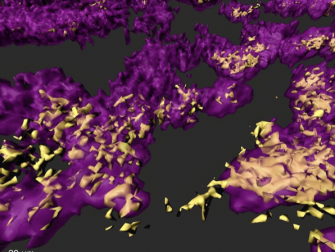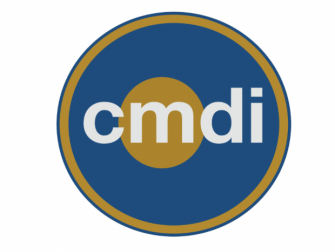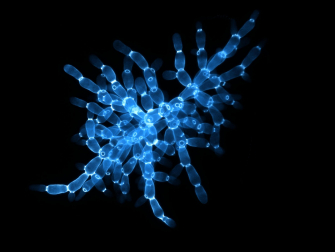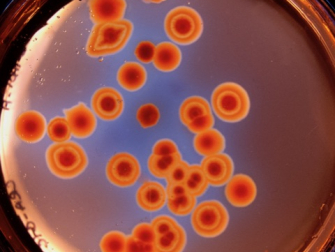In 2022, all six schools in Georgia Tech's College of Sciences will offer a summer NSF Research Experience for Undergraduates (REU) program. Students attending this year's REUs recount what they learned, and how it will impact their academic careers.
Georgia Tech’s Center for Microbial Dynamics and Infection (CMDI) merges disciplines, aggressively recruiting microbiologist ‘superstars’ to take back the high ground from antibiotic-resistant pathogens and emerging diseases — and to harness microbes to provide new medicines, cleaner environments, and solutions to the challenges of climate change.
The NIH-funded program is designed to train a new generation of biomedical researchers and thought leaders to harness the data revolution.
In June, the first ever joint symposium of the Center for Microbial Dynamics and Infection at Georgia Tech (CMDI) and Centers for Disease Control and Prevention (CDC) brought together interdisciplinary researchers to discuss infectious disease dynamics.
SPRUCE experiment study shows elevated levels of greenhouse gases emerging from carbon-rich peatlands
Two Georgia Tech scientists are raising new questions about the development of specialized cells in early multicellular organisms.
A study led by The Diggle Lab found that the opportunistic pathogen Pseudomonas aeruginosa can quickly evolve in a synthetic media that mimics cystic fibrosis sputum, to develop tolerance and resistance to certain antibiotics.
Examining bacteria growing on toddlers’ teeth, Marvin Whiteley and a team from the University of Pennsylvania found microbes’ spatial organization is crucial to how they cause tooth decay.










